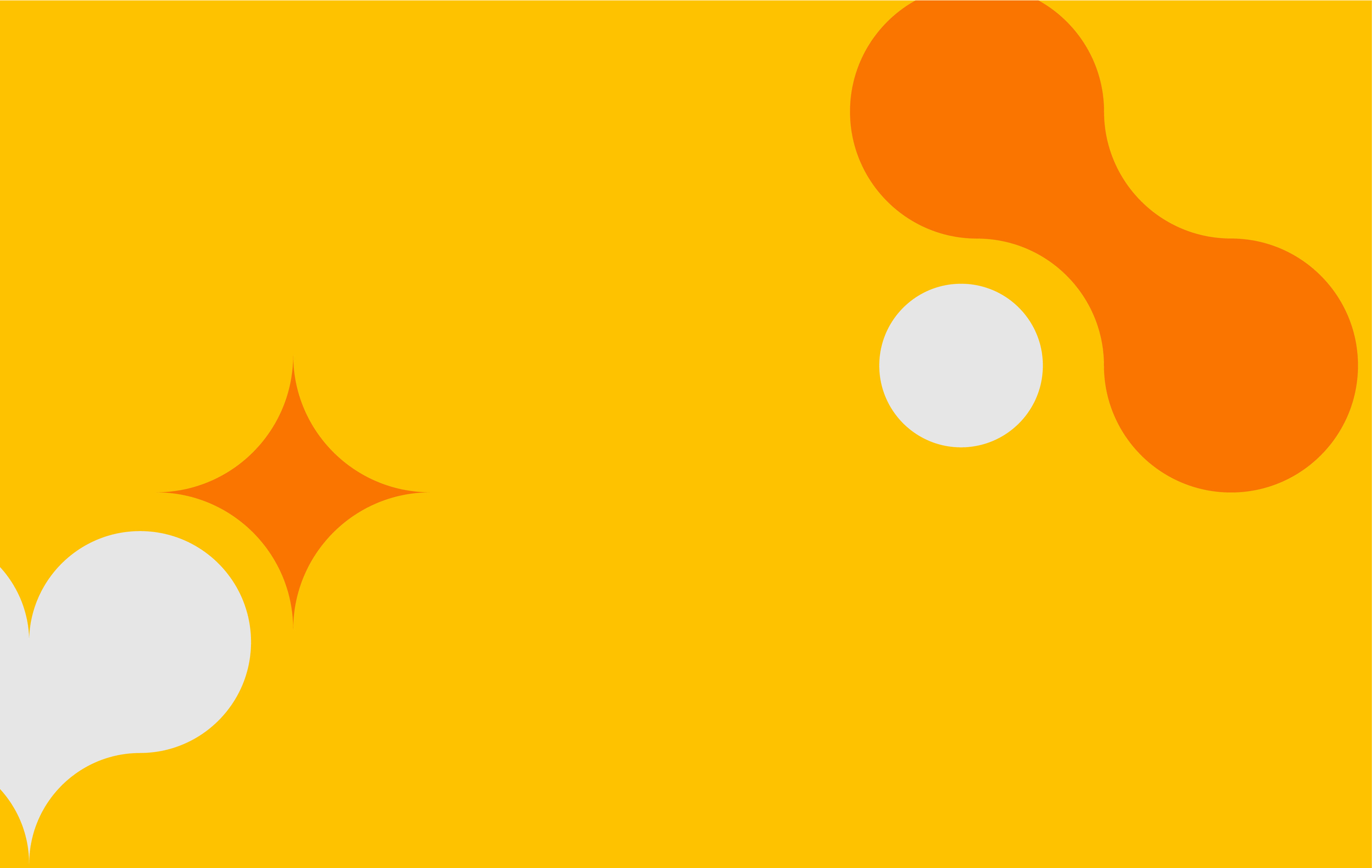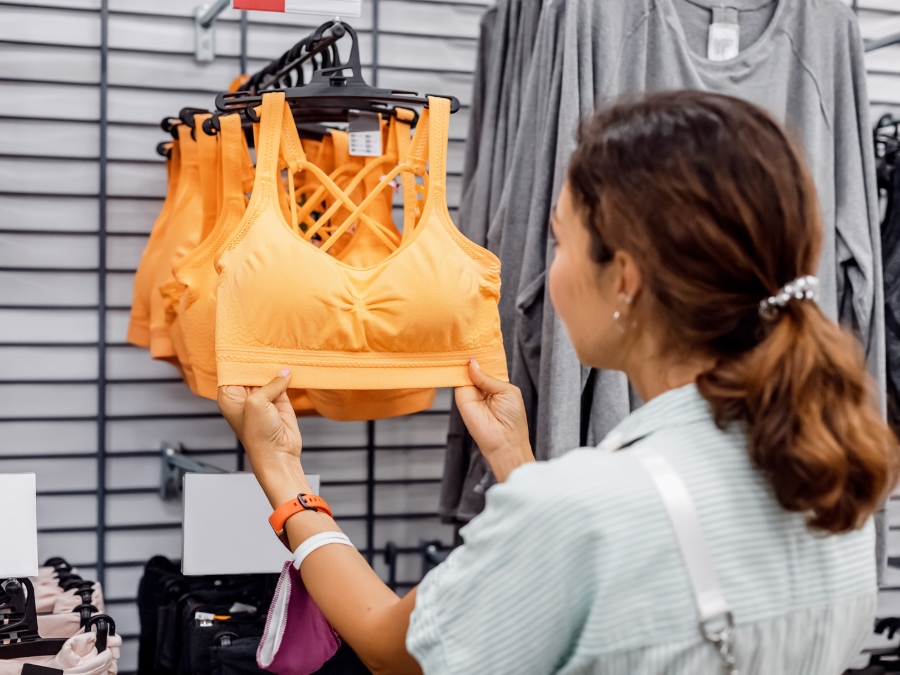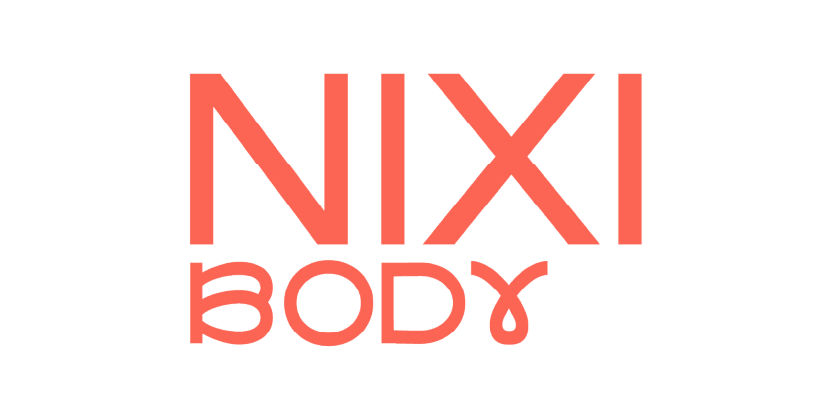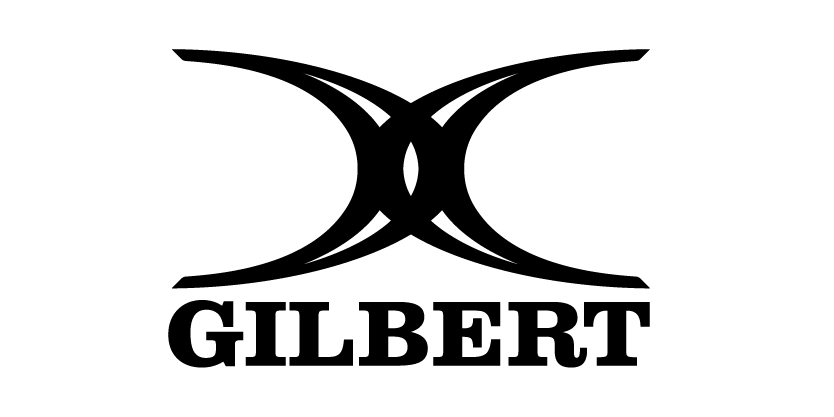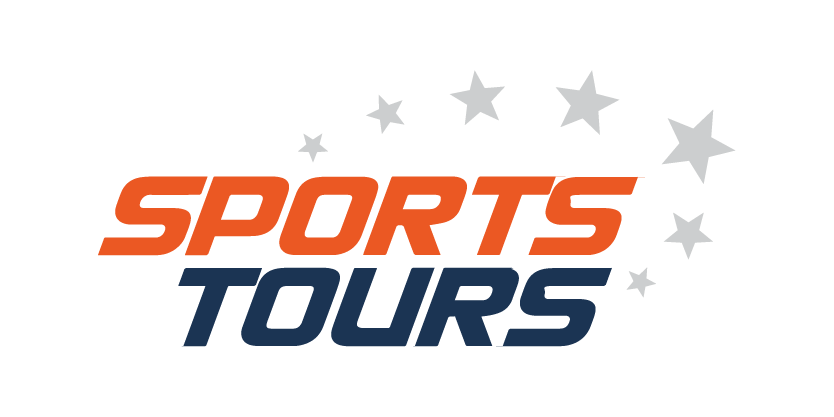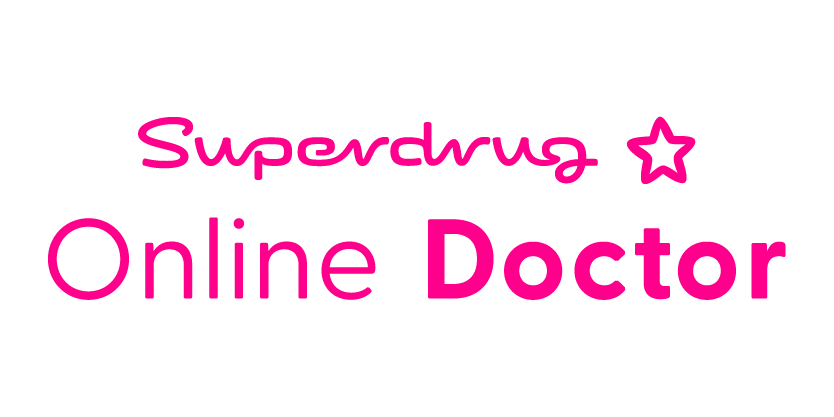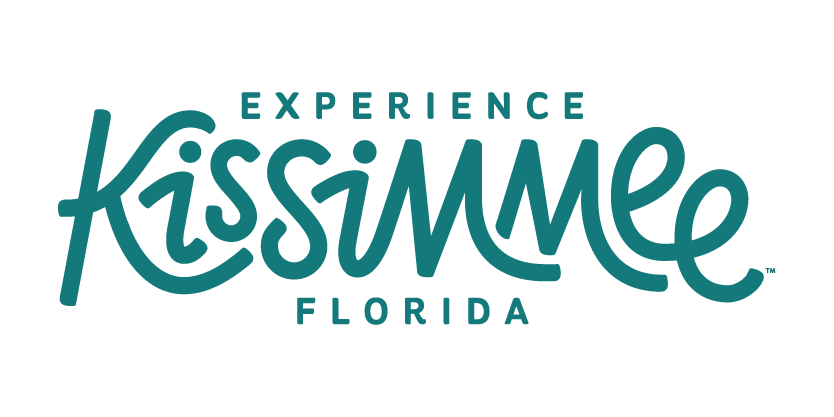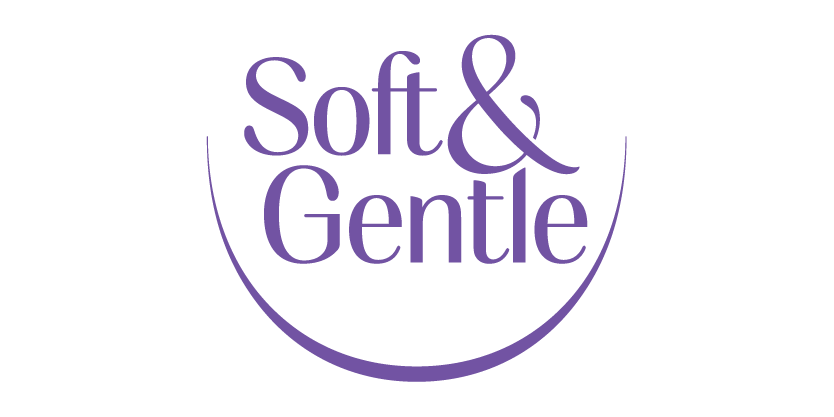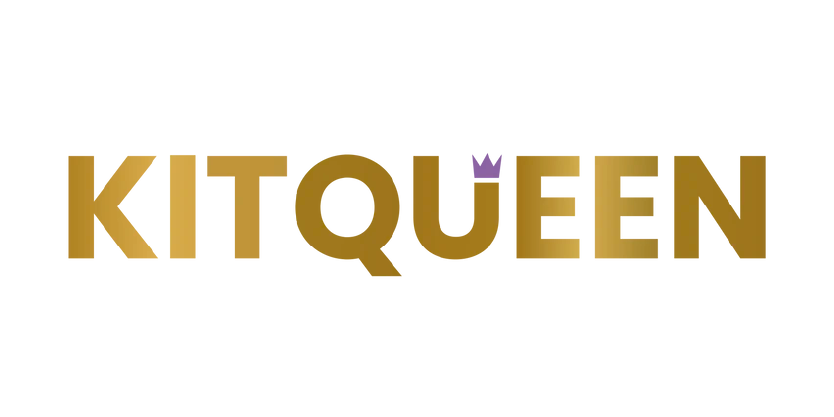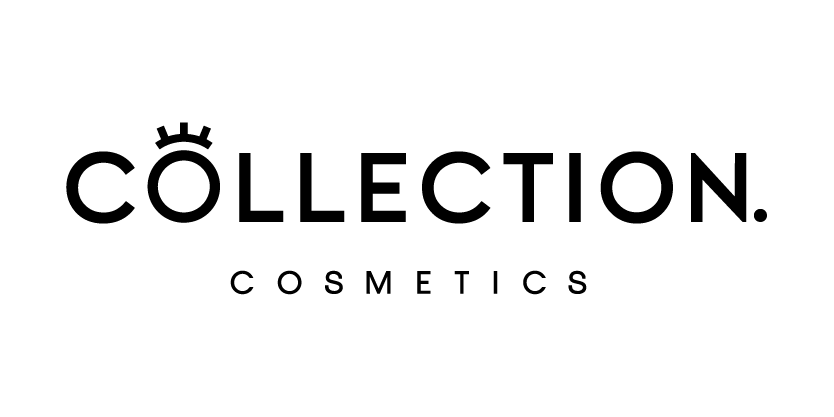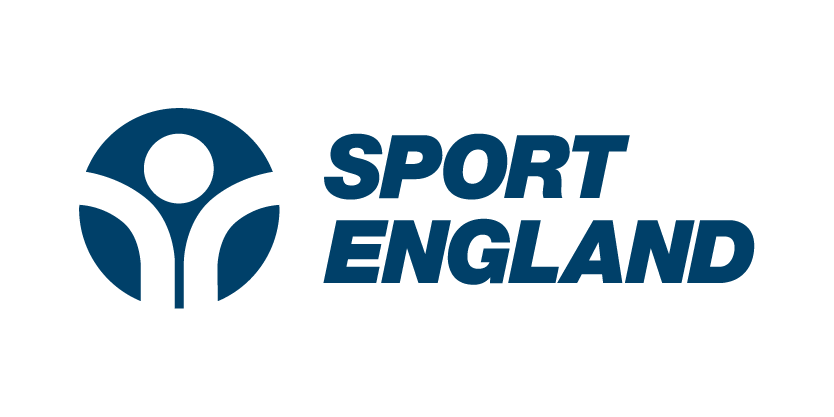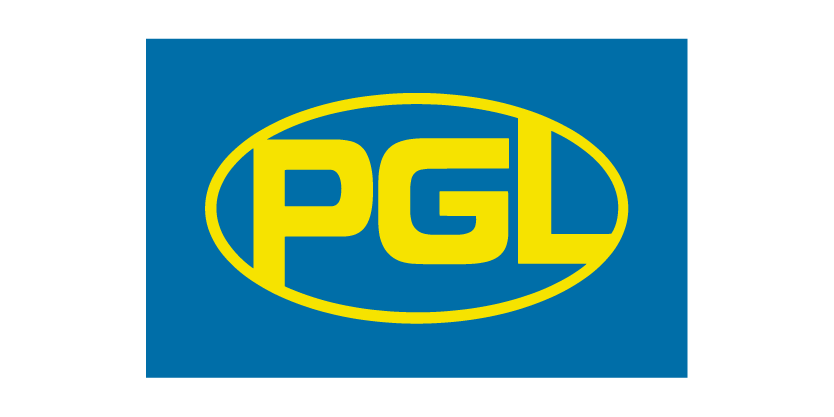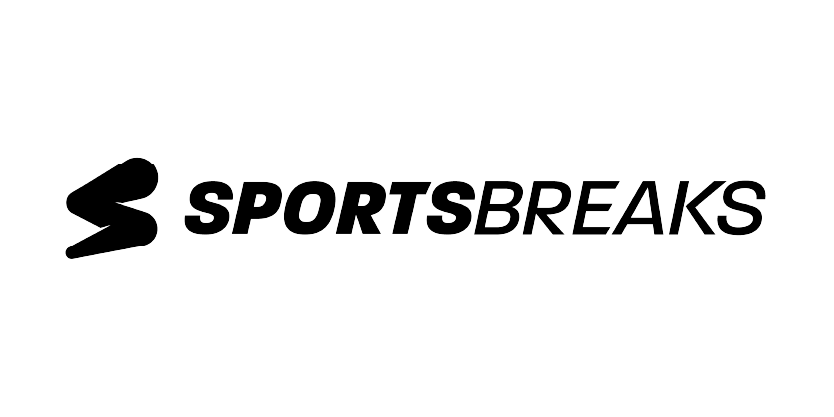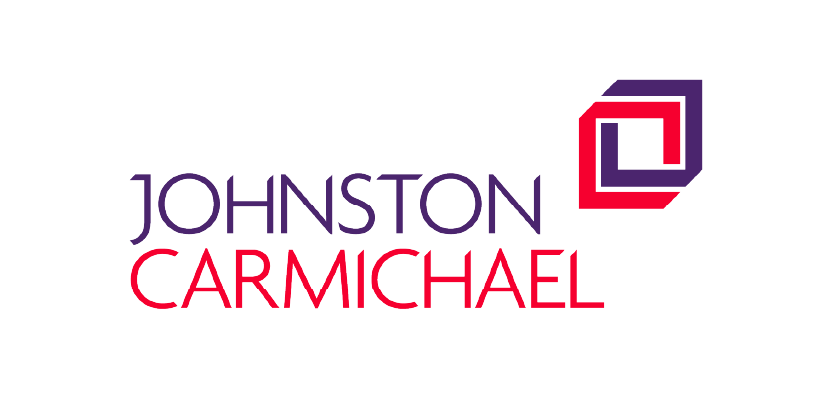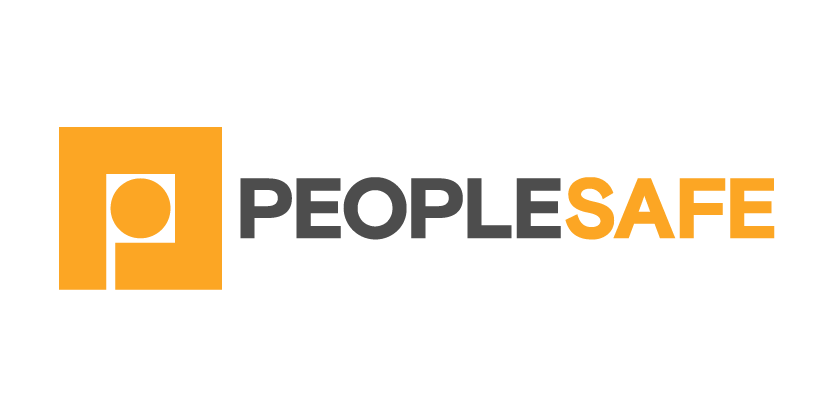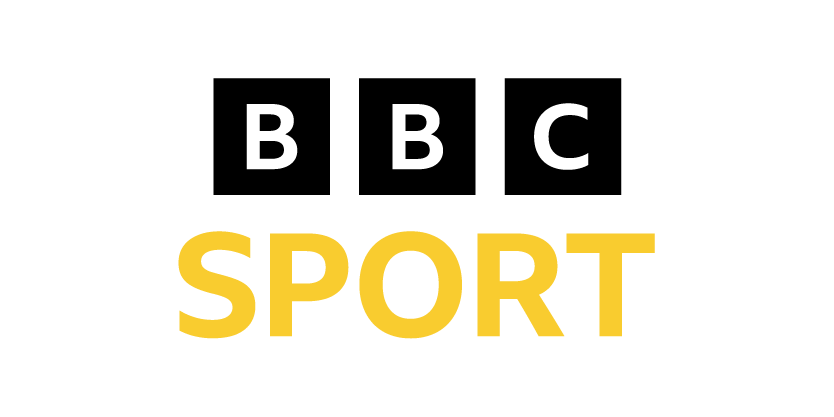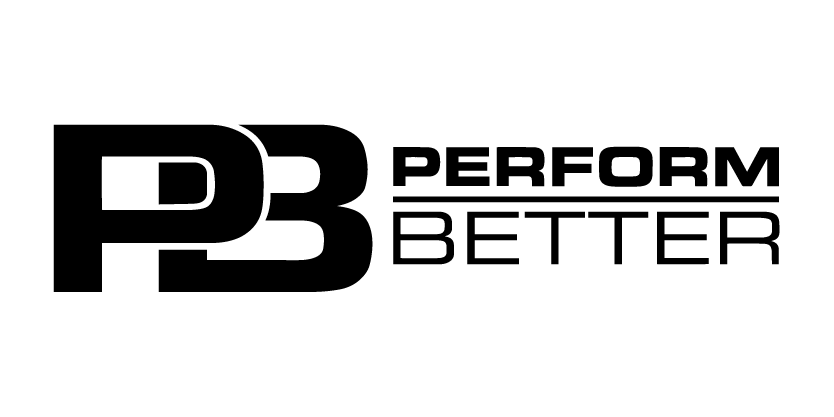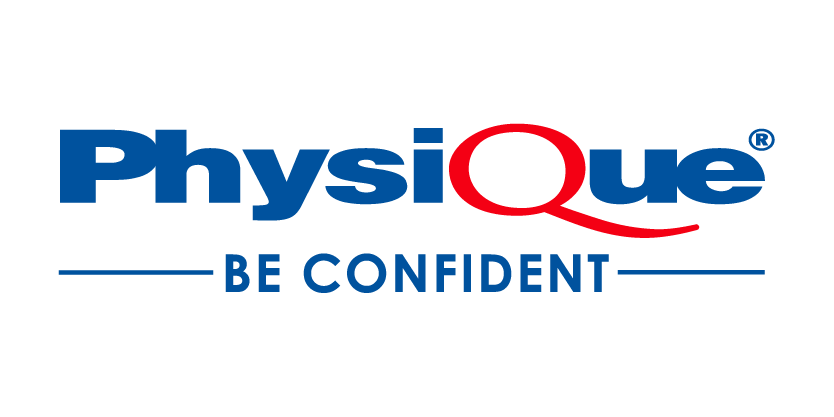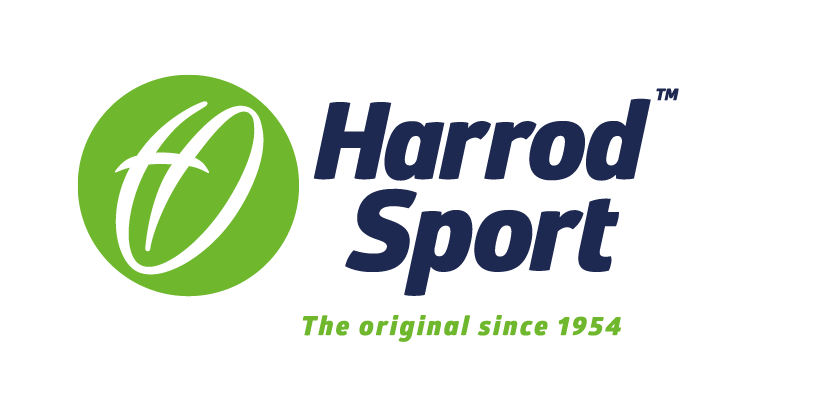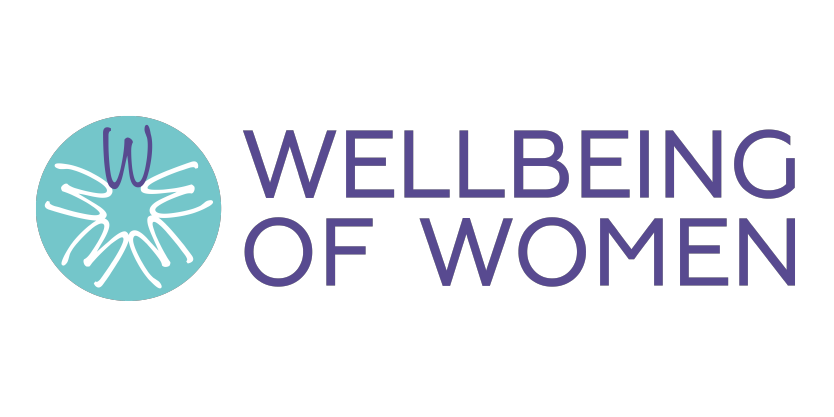Click play for an audio readthrough of this article
What it means plus practical suggestions on building inclusive environments where everyone can thrive.
Inclusivity is key
In netball, in sport, in PE – we need to offer support to all.
By understanding the unique experiences women with disabilities face in sport; by identifying the challenges as they are, we can make progress. We can change the game.
This article offers a bit of theory and some practical suggestions on fostering an inclusive environment where everyone can thrive.
What is disability & inclusion?
Conversations and policies on disability and inclusion are increasingly common in the worlds of sport, physical activity and everyday life. But when we think about disability and inclusion what springs to mind?
Sometimes we may forget that disability is part of being human. Almost everyone will experience disability, temporarily or permanently, at some point in life. An estimated 1.3 billion people, about 16% of the global population, currently experience significant disability.
Hidden and visible disabilities
A disability is any condition of the body or mind that makes it more difficult to do certain activities and / or interact with the world. And it’s not always obvious …
An invisible disability is a physical, mental or neurological condition that isn’t visible from the outside yet can limit or challenge a person’s movement, senses, or activities. Hidden disabilities include autism, mental health, acquired / traumatic brain injury, sensory processing, multiple sclerosis, epilepsy, partial sight and hearing loss.
Unfortunately, the fact that symptoms are invisible can lead to misunderstandings and judgements.
What does inclusion mean?
Inclusive sport is an ever-evolving term. Initially, sport in most shapes and forms was designed for able bodied men; hence a handful of years ago, inclusion in sport meant women too.
But today inclusion is more about taking proactive steps, offering choice, and arranging environments to ensure that individuals of all backgrounds, ages, and abilities feel welcomed, respected, and a sense of belonging in a gym, club, facility or sport.
Being inclusive means fostering best practices in sport so that all participants can fully benefit from the experience.
Current stats: did you know …
- Disabled adults are almost twice as likely as non-disabled people to be physically inactive (41 percent vs 20.9 percent)
- Three-quarters (76 percent) of disabled people would like to be more active
- Lack of confidence and other people’s (perceived) attitudes actually play the biggest role in turning disabled people away from sport
Women’s health meets disability
There can be additional challenges at the intersection of disability and women’s health. For example, women in wheelchairs may struggle for appropriate products and access to facilities where they can use them. It’s all well and good planning in advance, but as we all know – periods often aren’t like that.
Menstruation
There is some amazing innovation ongoing in the menstrual management space and, in recent years, sustainable solutions such as period underwear and menstrual cups have hit the market.
Relatedly, a handful of brands have developed period underwear with a side strap – which may well be a gamechanger for people with mobility issues. Check out Modibodi – it’s a great option.
Another route to consider are menstrual cups where the key advantage is that they don’t need to be changed as often as regular pads or tampons. Some might want to try more traditional menstrual cups, but brands such as Flex offer menstrual cups specifically designed for women with mobility challenges.
Sports bras
Most traditional sports bras require a high degree of mobility to put on and take off and this can be a hidden barrier preventing women with mobility challenges from getting active.
For women with physical disabilities, finding a sports bra that offers support, comfort and ease of use is essential. Different designs can cater for different needs, but here are some options we think can work brilliantly:
- Sports bras that come fully apart: Some bras can be completely separated (shoulder straps and back straps) making them easier to put on and take off. This design can be particularly beneficial as it eliminates the need to pull the bra over the head or shoulders.
- Sports bras that are easy to get off: We’re starting to see bras incorporate features such as large clasps, magnetic closures and easy-to-grip zippers. These elements make removing the bra simple and efficient.
- Sports bras that can be stepped into: Step-in sports bras allow users to step in and pull up. This can be ideal for women with limited shoulder mobility.
- Sports bras that close at the front: Front-closing sports bras have hooks, zippers, or velcro in the front. Once again, this can make getting them on and off easier for those with limited reach or dexterity issues.
Key lifestage considerations
Puberty
A significant developmental stage, puberty brings about numerous physical and emotional changes. For young women with physical disabilities, managing puberty’s changes can present unique challenges and it’s essential to recognise that these challenges will be different for each and every young person.
Taking a person-centred approach is key. Offering up-to-date information on menstruation products and sports bras is super helpful, but above all it’s about listening to players as they share their experience of netball and physical activity. Making sure that players are being heard is a great place to start.
Check out Puberty 101 to learn more.
Menopause
Another significant transition in a woman’s life, menopause ushers in a raft of changes; not least the end of menstrual cycles. Check out our menopause resource page here.
Menopause unfolds in three stages, and women may experience a range of symptoms, including hot flashes, sleep disturbances, joint pain, mood swings and many others.
Managing these symptoms can be particularly complex for those with physical disabilities. For example:
- Fatigue: Menopause-related fatigue can be more severe for women with physical disabilities who may already experience higher levels of fatigue due to their condition or the additional effort required for daily activities.
- Mental health challenges: The hormonal changes during menopause can impact mood and emotional wellbeing, potentially exacerbating any mental health conditions or challenges.
Being aware of the health challenges faced by women with physical disabilities all through the female lifespan, we can foster an inclusive and supportive netball community.
Small actions big difference
Small actions within your club can significantly enhance inclusivity and how welcome people with disabilities feel. Some things to think about include:
- How do we create a welcoming environment?
It could start as simply as having inclusive signage, and publishing policies in changing rooms and on notice boards.
- Can we highlight our diversity?
Tell stories and note the achievements of members from diverse backgrounds – different disabilities, age groups and levels of competition.
- Can we offer flexible participation?
Clubs can explore offering different types and tiers of participation so as to accommodate varying skill and interest levels.
- Are we aware?
Being aware of the additional challenges that people with disabilities encounter is a great starting place. Once there’s awareness, action closely follows.
Check out our interview with Sam James who gives a brilliant overview and notes where sports that are advertised as inclusive may overlook some key elements.
As a reminder, the content of the course belongs to The Well HQ. You have permission to access and use the content yourself or, if you are an organisation, for the number of users selected, but are not otherwise permitted to share such content with others, all in accordance with our Course Terms and Conditions.
